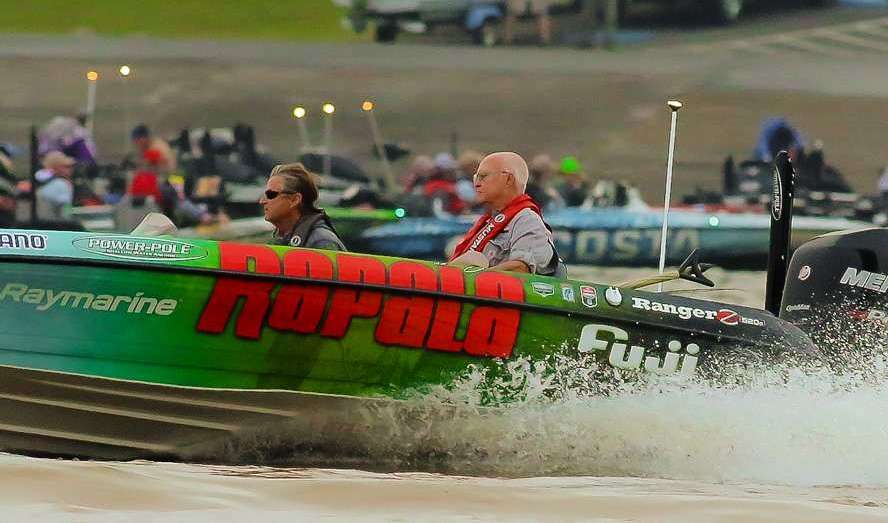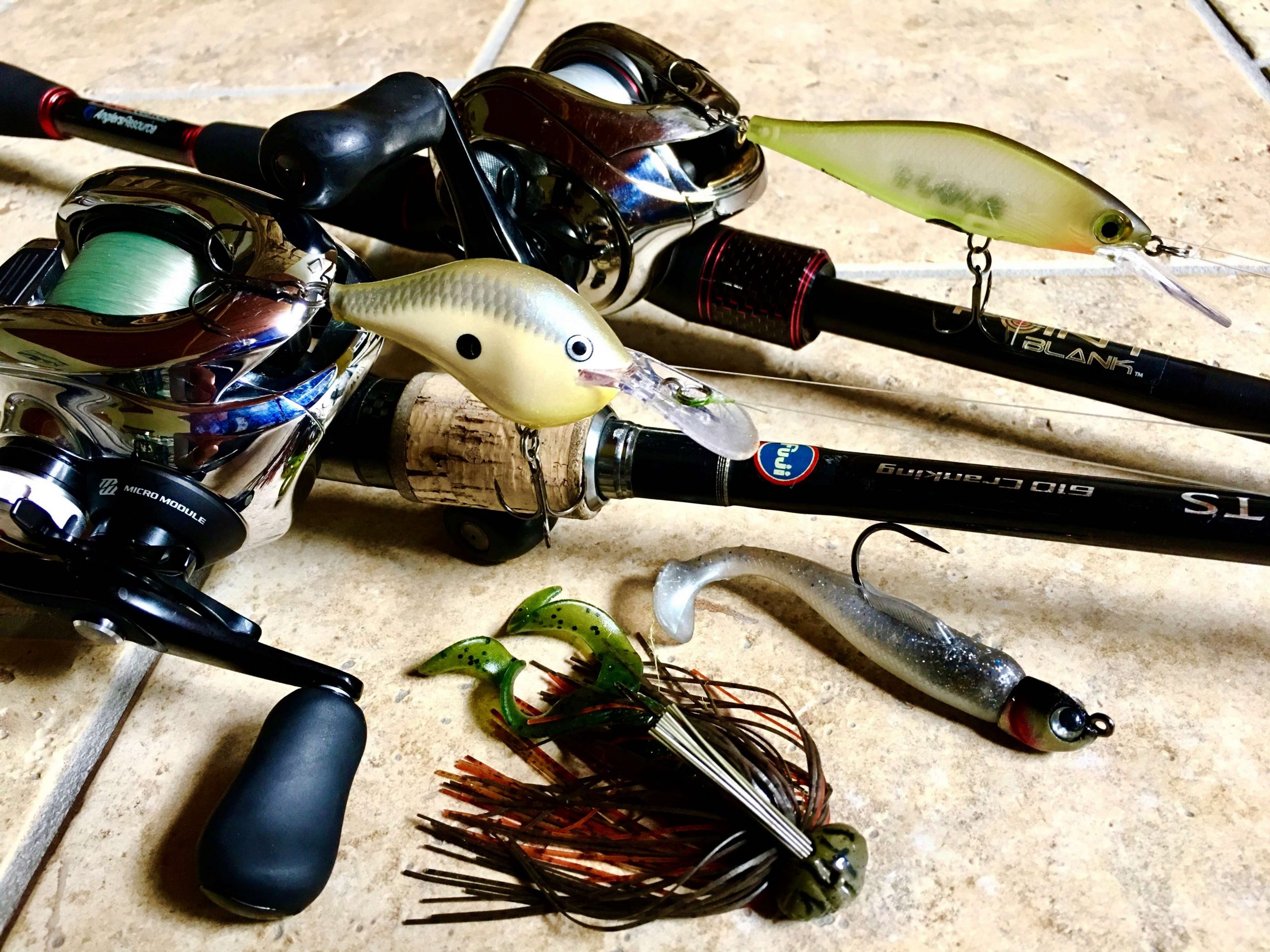
When I’m working sports shows or speaking at various fishing clubs, one of the most frequently asked questions I hear is, “How do you know when to move, when to give up on a spot that’s producing but suddenly shuts down?”
That’s a really good question, but not one that’s easy to answer.
No matter where you fish, there will be times when the bite goes cold — regardless of how stable the conditions might be. Bass sometimes move for no apparent reason. Other times they may stay put but refuse to bite.
When it happens in a tournament situation, it can be devastating. And it can destroy your chances in the event … maybe even the season.
Hold ‘em or fold ‘em
I recall a number of tournaments where this has happened to me. I was on a strong, steady bite and, for whatever reason, the fish just quit. On some of those occasions, staying put and changing my approach made a difference. Other times, I had to move to find new fish.
When the Bassmaster Elite Series first visited Falcon Lake in south Texas, I got on some tremendous fish. They were holding in flooded brush in the back of a creek, and they were killing a black and blue jig on nearly every pitch.
On Days 1 and 2, I weighed limits of more than 32 pounds. And on each of those mornings, I was done in an hour.
Because I managed them, I was confident there were a lot more fish to catch from that spot. But when I arrived on Day 3, something had changed. I couldn’t buy a strike. Everything seemed the same. The water clarity and level, the air and water temperature … even the wind direction. But, for whatever reason, the bass either left or just quit biting.
I remember spending hours trying to figure them out, eventually having to give up on the spot. I didn’t go far, though. In fact, I gradually worked my way out of the creek, putting together a decent stringer in the process. It wasn’t enough, however. I narrowly missed the cut to fish on Sunday. And that was heartbreaking — especially when I felt I had found the fish to win.
Poles up, poles down
Every touring pro has had to choose whether or not to stay on more than a few occasions. It’s part of the process. And those anglers with a knack for making the right decisions consistently finish atop the leaderboard … and qualify for Bassmaster Classics.
But how do they do it?
In many cases, it’s purely by instinct. In others, it’s experience. When you spend as much time on the water as we do, you’re going to see a lot of different scenarios — situations that will offer insight for something similar down the road. And if you have good instincts to go along with all of that experience, then it’s that much better.

Regardless of whether you’re fishing a single spot or running a pattern, bass will sometimes abandon either or both. When it happens, it’s frustrating … especially when you think you’re dialed in. The key is determining which as quickly as possible.
Too often anglers will die on an area or pattern, believing the fish are there and that they will eventually start biting, only to find out they were wrong.
Obviously, it’s impossible to know for sure unless you’re looking at them. That said, if you feel the fish are still holding in an area or your pattern is still viable, then a simple bait change can sometimes save the situation … even a different casting angle. Whatever you think might stimulate the bite, make those adjustments as quickly as possible. Don’t rush, though. Work through the options as quickly as possible while giving them a fair shake. If they fail, it’s definitely time to move on, or at least back off to the next possible holding point.
For example, if you’ve been seeing good action in 2 to 3 feet of water and the bite suddenly stops, back out to the next depth zone while targeting the same type of cover. Chances are the fish didn’t travel far. They may have simply backed off because of some external factor — such as falling water, dropping temperatures, angling pressure, etc.
This happened to me on Sam Rayburn Reservoir years ago. The fish were relating to buck brush in shallow water, but when the water began to drop, I had to back out to the deeper bushes in order to maintain the bite.
Tidal rivers are notorious for this. Bass will constantly reposition as the water level fluctuates. They may still be on the same spot, same cover, even at the same depth, but as the water rises or falls, they’re forced to reposition. Changing water temperatures, clarity or barometric pressure can also force a move.
The bottom line is this: Don’t go looking for new water before you’ve given the places or patterns you’re on a chance. Only after you’ve given it a thorough effort should you move on — especially if that place or pattern is holding big fish.
Rethink and reset
I know this is especially hard to do in a one-day derby. I get that. In the Elite Series, we have multiple days — more time to make adjustments, and that can often mean the difference in success or failure.
Regardless of the tournament format, it’s these types of decisions that will develop you as an angler. You may not get them right every time, but as you log more hours on the water, you will gain a better feel for when to move and when to stay.

